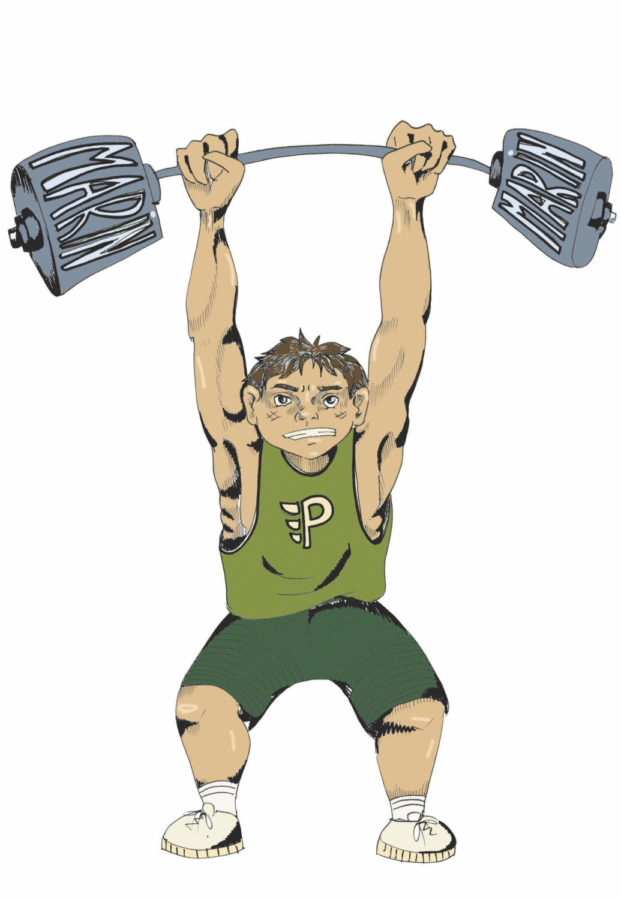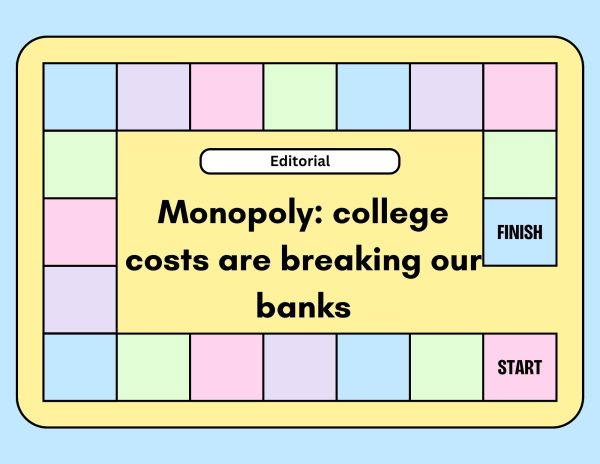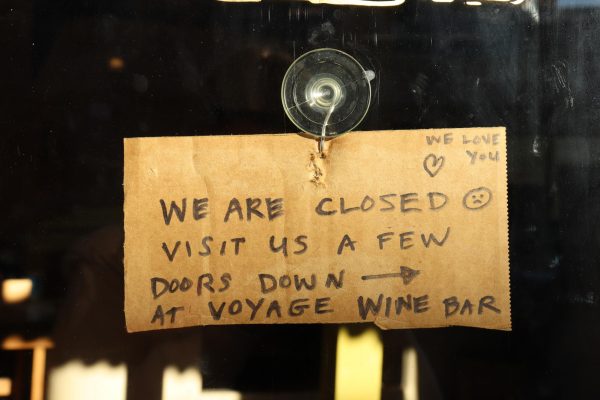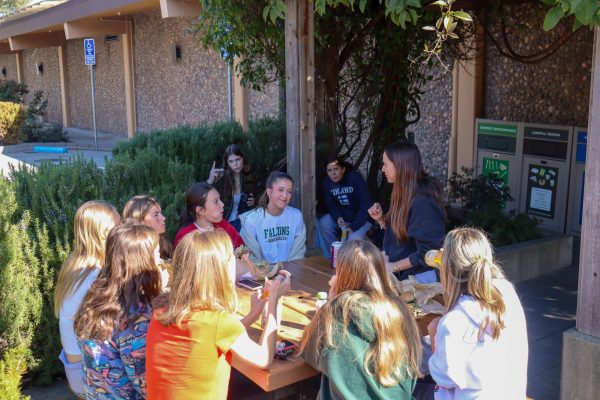Marin’s fitness ideals perpetuate improper nutrition habits
Unrealistic fitness norms can create unhealthy eating and exercise habits.
With a surplus of gyms, accessibility to healthy foods, and hiking trails all around, Marin County’s culture undeniably revolves around health and fitness. In pursuit of Marin’s normalized “fitness ideal,” many teenagers lack proper awareness and training to live a healthy lifestyle, leading to detrimental habits.
According to LiveStrong, the number of health club goers in the U.S. from 2019 to 2020 increased by 27 percent, from 58 million to 73.6 million people. This correlates to a mass number of people new to the sport of lifting, who then attempt to navigate the ever-expansive world of nutrition and fitness. However, this can lead many down a slippery slope.
Approximately 30.7 percent of gym goers suffer from exercise addiction, according to Frontiers. And, out of those people, 60.2 percent suffer from eating disorders. Among the eating disorders most common for active people is orthorexia, which is when one’s obsession with health deteriorates their overall well-being. According to Time Magazine, one to seven percent of the population has orthorexia.
Marin County is an epicenter of health, with popular health food stores and fitness centers promoting the ideals of clean eating and exercise. Marin’s wealth level is also extremely high; according to Fred Economic Data, Marin County’s average per capita income was $145,575 as of 2020, compared to America’s average per capita income of 33,740. Earning a higher-than-national average income, many Marin residents can likely afford the premier health products and gym memberships that are so common in the area, only perpetuating a competitive fitness culture centered around wealth and privilege.
Susannah Wallenstrom, a registered dietitian nutritionist at Golden Gate Pediatrics, has seen the impact of Marin’s fitness ideal firsthand. Wallenstrom says that fitness expectations are high in Marin, and that sports that focus on body size can breed body dissatisfaction. Aidan Gilmartin, a junior at AWHS and an avid lifter, has seen many other lifters at AWHS attempt to find a healthy balance for nutrition and ultimately fall into unhealthy habits.
“[I] haven’t seen anyone ‘step back’ from a meal, but I have seen people starting to watch more of what they eat to lose weight,” Aidan said.
The competitive fitness ideals seen in Marin lead many young athletes to abuse nutrition tactics to achieve their goals. Some aim to “bulk” by increasing their calorie and protein loads, while others restrict their food intake in an effort to lose weight. Many turn to supplements (Creatine Monohydrate, Protein Powder, Pre-Workout) to attain their desired physique.
According to Frontiers, between 5 and 20 percent of middle through high schoolers have used a creatine supplement in the form of pre-workout and energy drinks like “Bang.” While creatine is a natural substance found in meat, seafood and poultry, Wallenstrom says that creatine supplements have only been proven safe for adults and have not been studied on teens extensively.
“The thing about supplements… all of them are unregulated, no one is checking ingredients,” Wallenstrom said.
Nutrition is on many Marin residents’ minds as they strive to be “fit,” with the region’s exhausting fitness culture being the central culprit. The alternative? Seek proper nutrition guidance and work for personal progress, not just to fit Marin’s contrived health ideal.

Ava is a senior, starting her first year in journalism. She loves ear piercings, super spicy sushi from restaurants in San Francisco and roaming the aisles...












